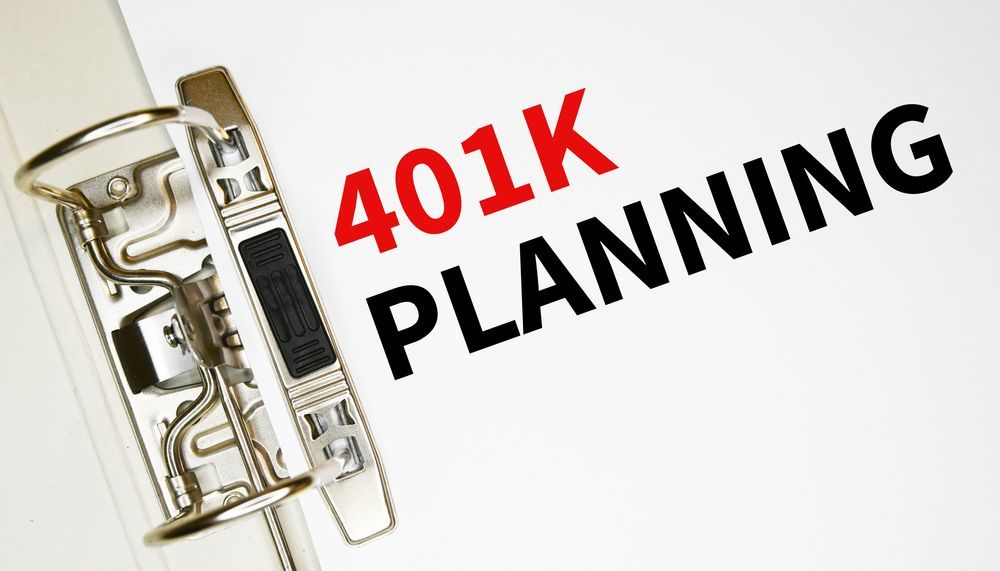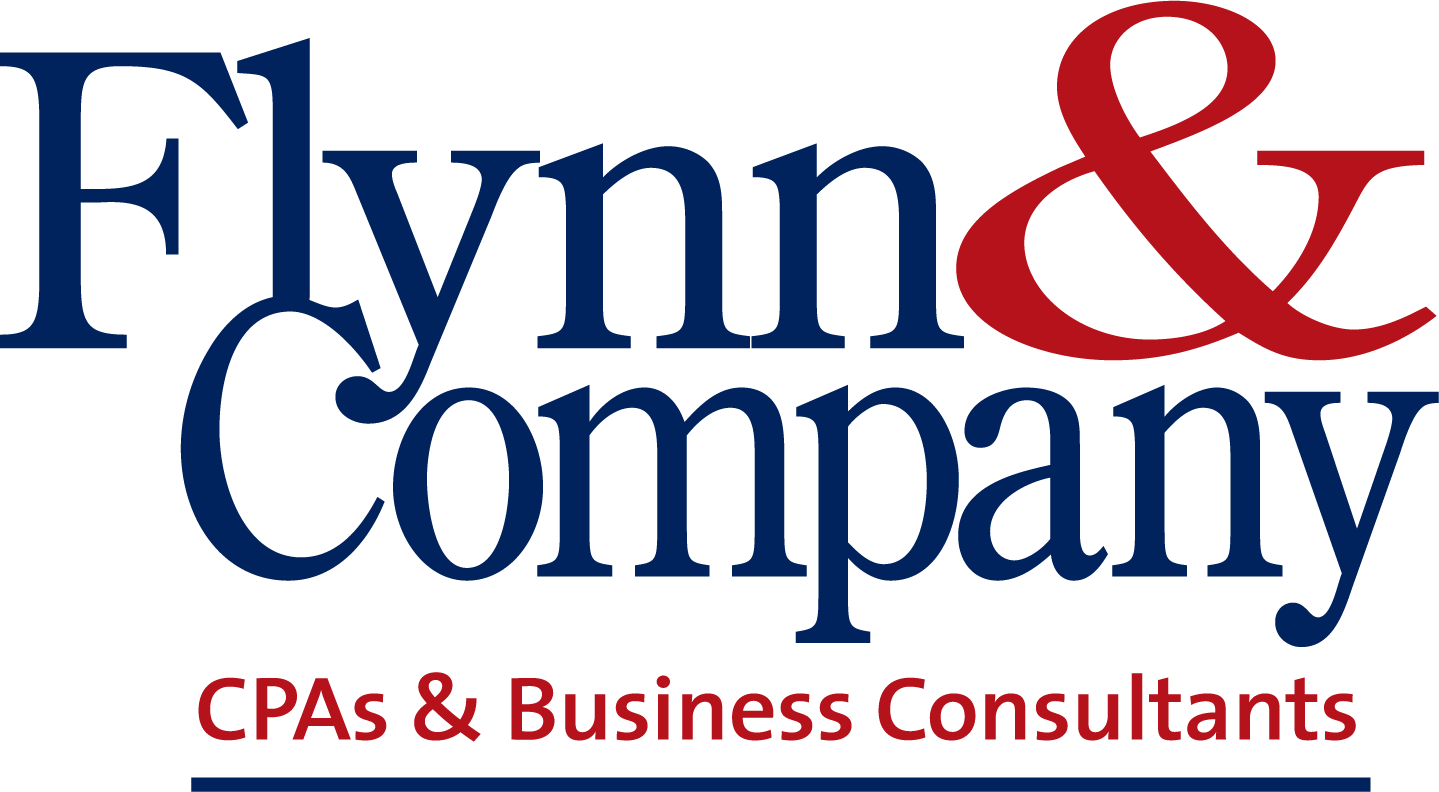How To Reduce Excess Inventory in Your Business

Excess inventory refers to inventory that isn't selling and isn't likely to sell quickly. It ties up cash flow and takes up space that could be used for revenue-generating products. Unfortunately, excess inventory is ubiquitous. If you run a retail business, you will almost inevitably face a build-up of excess inventory at some time during your career.
How do you deal with excess inventory? How do you get rid of it and minimize the chance of it building up again? To help you out, this guide covers the essentials.
What to Do With Excess Inventory?
There are many different ways that you can get rid of excess inventory. In some cases, your supplier may be willing to let you return the inventory for a full or partial refund. When available, this is often the fastest and easiest option. However, in most cases, inventory sales are final so you'll have to get creative. Check out these ideas:
Find new uses for raw materials.
If you are dealing with raw materials rather than sellable products, try to figure out if you can use the materials in another manufacturing endeavor. You may be able to use them to create other products. If you cannot use them in your business, reach out to the competition — they may be interested in purchasing your excess at a discount.
Remerchandise and remarket.
If your excess inventory has been on the same display for months, your customers have walked by it hundreds of times, and they probably don't even see it anymore. To draw attention to these products, merchandise them. Find a new way to display them in your store or on your website. Or consider moving a few of these products to a display near a complimentary product or by your impulse purchases.
Alternatively, consider remarketing your unsold products. If you've been trying to sell salad bowls during the summer, for example, relabel them as mixing bowls for baking during the winter. The same product can often be many different things, but it can also appeal to different customers in different ways. If a product hasn't been appealing to a certain segment of your customers, market it as something else to a different segment of customers.
Bundle excess inventory with other products
If you have a product that hasn't been selling on its own, perhaps it will sell if you put it in a gift basket with a group of other products. Alternatively, display several products together and offer buyers a discount if they buy all of the products.
Reduce prices to sell old inventory
To move excess inventory, slash prices, and get rid of it. Sometimes, you may need to reduce the price to less than you paid for the item. This can be hard, but keep in mind that you've already bought the inventory. It's a sunk cost, and although you're not recouping the expense, bringing in some revenue is better than nothing.
To reduce excess inventory, you need to be creative, but you also have to be realistic about when you should cut your losses and let it go. If you can't sell it, scrap it, recycle it, or donate it and take the tax deduction.
Inventory Reduction Methods and Tips
As explained above, there are all kinds of ways that you can reduce excess inventory, but ideally, you want to take steps to avoid getting into this position. Some excess is inevitable, but to protect your bottom line, you need to avoid it as much as possible.
To avoid excess inventory in the future, you need a strategic approach to inventory management. Luckily, there are many different strategies that can help you reduce the risk of excess inventory. Take a look at these ideas:
1. Consider demand and historical data.
Historical sales data can help guide you to the right numbers when you order new inventory, but this information can only take you so far because tastes change. Whether you're working in fashion, technology, or even groceries, consumers don't buy the same items every year. You need to look at your historic data, but you also need to make estimates about future demand for various products.
2. Focus on top-performing items.
With most retailers, the majority of their sales come from a small selection of products. While the remaining inventory brings in some revenue, its main role is to give the shopper the feeling of choice and variety. To avoid building up excess inventory, focus on your top performers, and then, consider using inventory planning analytics to optimize the balance.
3. Shift to on-demand inventory or dropshipping.
You don't have to store all of your inventory. Instead, you can shift to an on-demand model. If you run a brick-and-mortar store, this involves showcasing a few items and then, allowing shoppers to order anything else that they want. You can direct shoppers to your website on their own devices or set up iPads throughout the store to accommodate easy self-ordering.
The concept works about the same for an online store. Rather than storing your inventory in your own warehouses, you work with a drop shipper. Then, when a customer puts in an order, a third-party supplier ships it directly to them. You're just the middleman.
4. Use lifecycle pricing strategies to optimize profits and shape demand.
Lifecycle pricing refers to the various prices items have while they're in your store. This includes initial, promotional, regular, and close-out prices. By selecting the optimal price, you ensure that you generate as much revenue as possible with new products, have ample inventory and the right price point for popular items, and select close-out discounts that aren't too low.
5. Leverage inventory management technology.
You don't have to do the inventory planning on your own. The right technology can track relevant details about your sales. Then, it can help you leverage this data to ensure you have the right inventory at the right prices.
Running a business requires you to make a lot of tough choices. You need to understand your industry and your customers, but at the same time, you also need to know about business accounting, tax planning, inventory management, and how to leverage technology to bring all of these elements together.
At Flynn & Company, we offer
business consulting services designed to help our clients navigate complex challenges and optimize the potential of their businesses. We want to see you succeed. To talk with us about our services,
contact us today.





